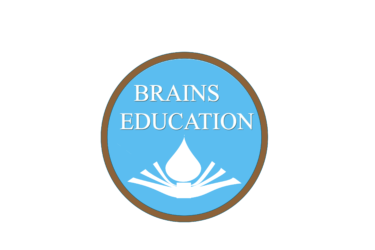Revised Syllabus for session 2020-21
INFORMATION TECHNOLOGY
+2 1st year
Unit-1
Introduction to computer system
- A) Hardware concepts : [10 periods] ………………….. 10 marks
- B) Computer organisation :
CPU, Memory (RAM & ROM & I /O), devices, communication bus, ports (serial parallel)
- II) Input devices :
Keyboard, Mouse,Light pen, touch screen, graphic tablets, joystick, microphone, OCR, OMR,scanner, smart card reader, BCR, MICR, BIOMETRIC sensors, web camera.
III) Output devices :
Monitor/VDU, LED/LCD screen, television, printers (DMP, deskjet / inkjet/bubble jet printer, laser printer), plotter, speaker.
- IV) Memory unit :
Memory, types of memory, RAM(SDAM, DRAM), ROM(PROM, EPROM, EEPROM),
- B) Types of software :
- I) System software : [10 periods] ………….. 10 marks
Operating systems, need for operating system, major functions of operating system, OS for Main frame, PC/server, mobile services, language processors (assembler, interpreter & compiler)
- II) Utility software :
Compression tools, disk defragmenter, anti virus.
III) Application software :
General purpose application (word processor, spreadsheet packages, presentation software, DBMS, IDE software), specific purpose application software (Inventory Management Software, Human Resource Management System (HRMS), Payroll systems, Financial Management System, Reservation System).
- IV) Open source concepts : [7 periods] ……. 05 marks
Unit – 2 :
Introduction to programming : [45 periods] ………. 25 marks
- I) Getting started with programming with IDE : [20 periods] ….. 11 marks
Introduction, rapid application development with ide, basic interface components (label, text field, text area, button, checkbox, radio button) devloping general application, getting familiar with java swing user interface components (frame, dialog, option pane, panal, scroll pane, label, text field, password field, text area, button, check box, radio button, combo box, list), basic components handling methods & properties (Set text (), gettext () Is Selected (), Set Selected ())
- II) Programming fundamentals : [15 periods] …………. 10 marks
Data types, concept of data types, built in data types (byte, short, int, long, float, double, char, string, boolean), variables, declaring variables, naming a variable, assigning value to variables, integer object method (parse int), double object method (parse double, parse float), control structure, decision structure (if, if…. else, switch), looping structure (while, Do-While, for)
III)Unit-3 : Relational database management system : [30 periods] …………. 20 marks
I) DBMS : [10 periods] ……………….. 10 marks
Introduction to data base concepts, Database, Relational database, Relation/ Table, Attribute/ Field, Tuple/Row, Data types, text (char, varchar), number (decimal, int/integer), date & time. Keys (candidate key, primary key, Alternate key, Foreign key),
- II) Introduction to MYSQL : [13 periods] ………. 05 marks
(ANSI SQL 99 standard commands) Classification of SQL commands, DML (Select, Insert, Update, Delete), DDL(Create, Drop, Alter), Creating & using a database (SQL Create command to create a database, Use command to select a database), creating a Table (Create command to create a table, DESC command to display a table structure, Insert command for inserting new rows), displaying table data (select command to select all the columns, selecting specific columns using arithmetic operators, operator precedence),
Unit -4 : IT APPLICATIONS : [7 periods] ………… 5 marks
I) E-GOVERNANCE : [4periods] ………….. 3 marks
- II) E-learning : [3 periods]…………….. 2 marks
Defination, Benefit to students (learners), Benefit to teachers (Training Management), e- Learning websides & its social impact.
— ALL THE BEST —

